Mononeuropathy and Plexopathy
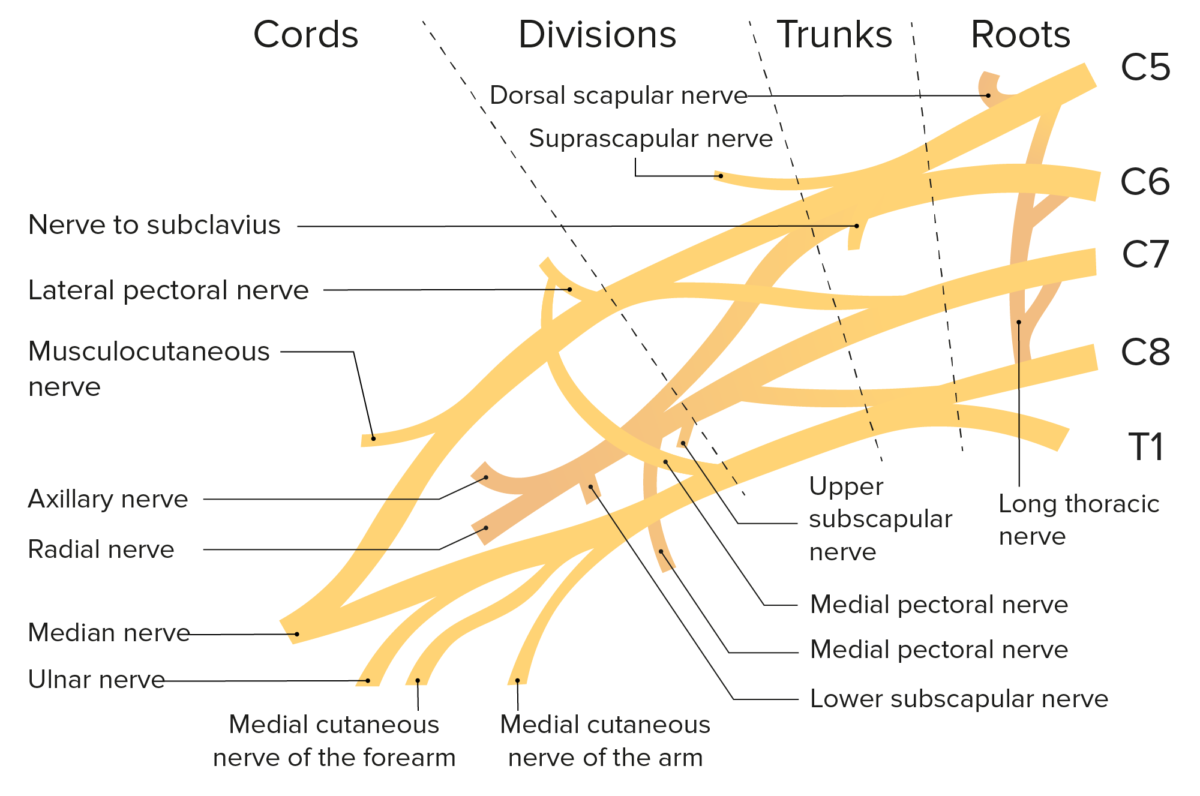
Overview Definitions Neuropathy is a term used to describe nerve pathology presenting with sensory, motor, or autonomic impairment secondary to dysfunction of the affected nerve. Etiology There are numerous etiologies for mononeuropathy, which can be acute or chronic. Epidemiology Upper-Limb Neuropathies Neuropathies in the upper extremities can affect the brachial plexus (causing brachial plexopathy) or […]
Spinal Cord Injuries
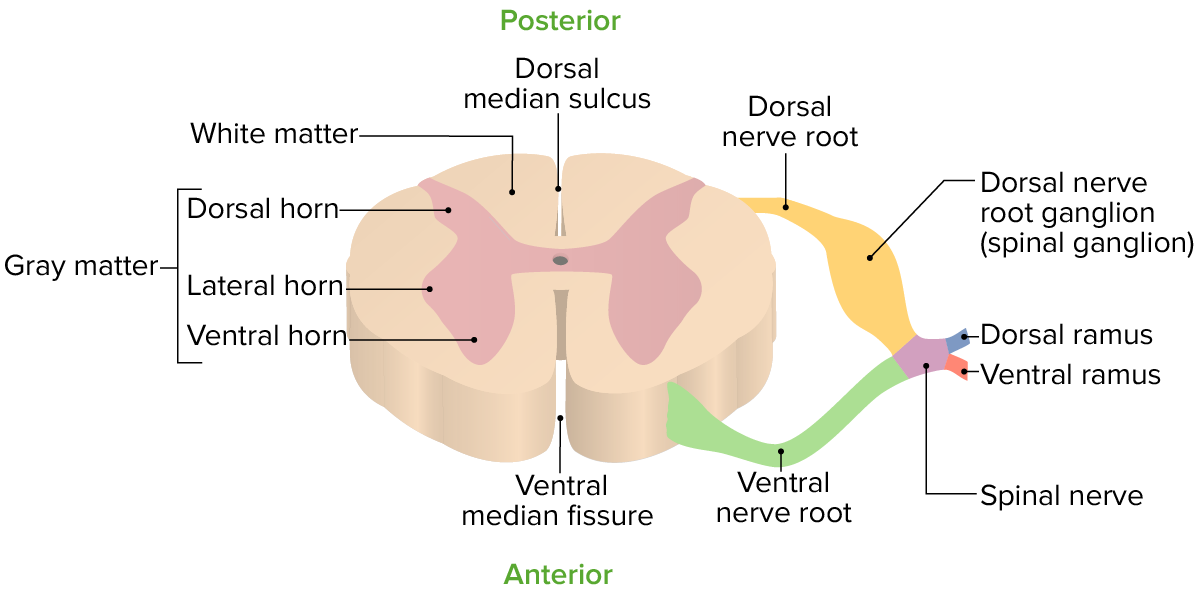
Overview Definition A spinal cord injury is a complex injury that involves damage to the neural tissue within the spinal canal. This damage results in temporary or permanent damage and disrupts motor, sensory, or autonomic functions. Types Epidemiology Etiology The major etiologic factors of spinal cord injuries are: Risk factors Spinal cord injuries are mostly […]
Brain Aneurysms

Overview Definition A cerebral aneurysm is an abnormal, focal dilation of the artery wall in the CNS. Epidemiology Risk factors The following are risk factors for aneurysm formation: Pathophysiology Classification and location Cerebral aneurysm can occur at any point of weakness along the arterial circulation within the brain. Saccular (berry): Charcot-Bouchard (miliary): Fusiform: Mycotic: Pathogenesis […]
Le Fort Fractures
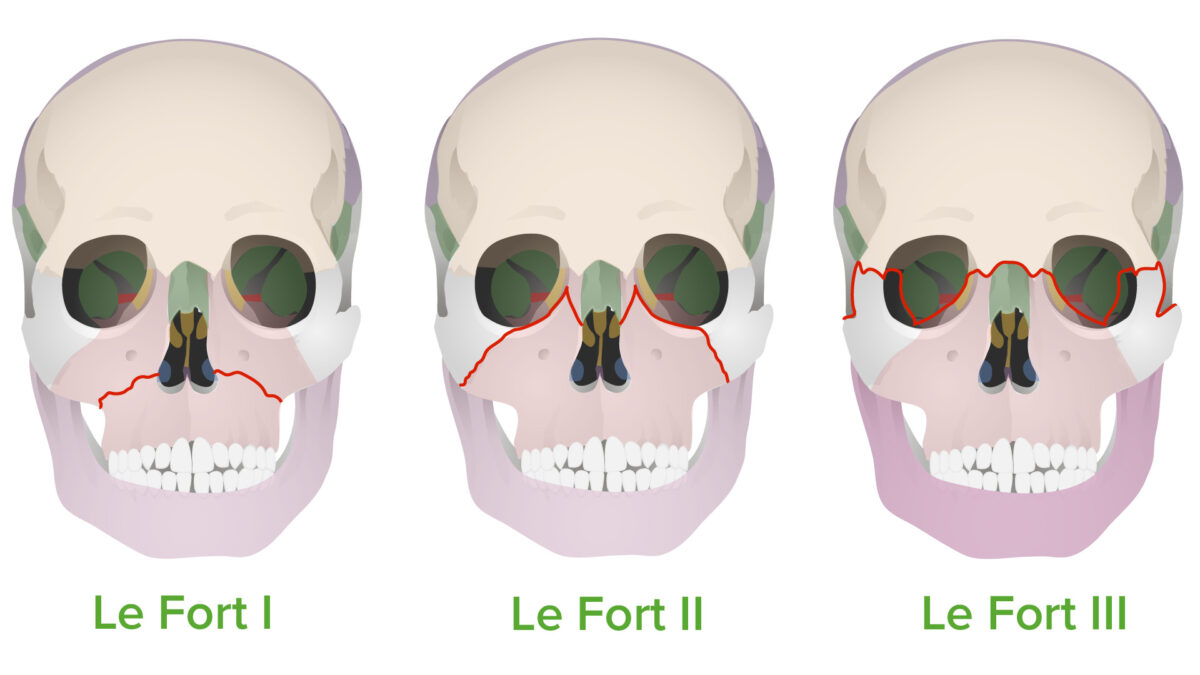
Overview Definition Classification Epidemiology Etiology Pathophysiology Clinical Presentation History Physical examination Diagnosis Clinical diagnosis Imaging Management Goals of management Initial triage Initial management Surgical management Complications Prognosis Differential Diagnosis References
Kidneys: Anatomy
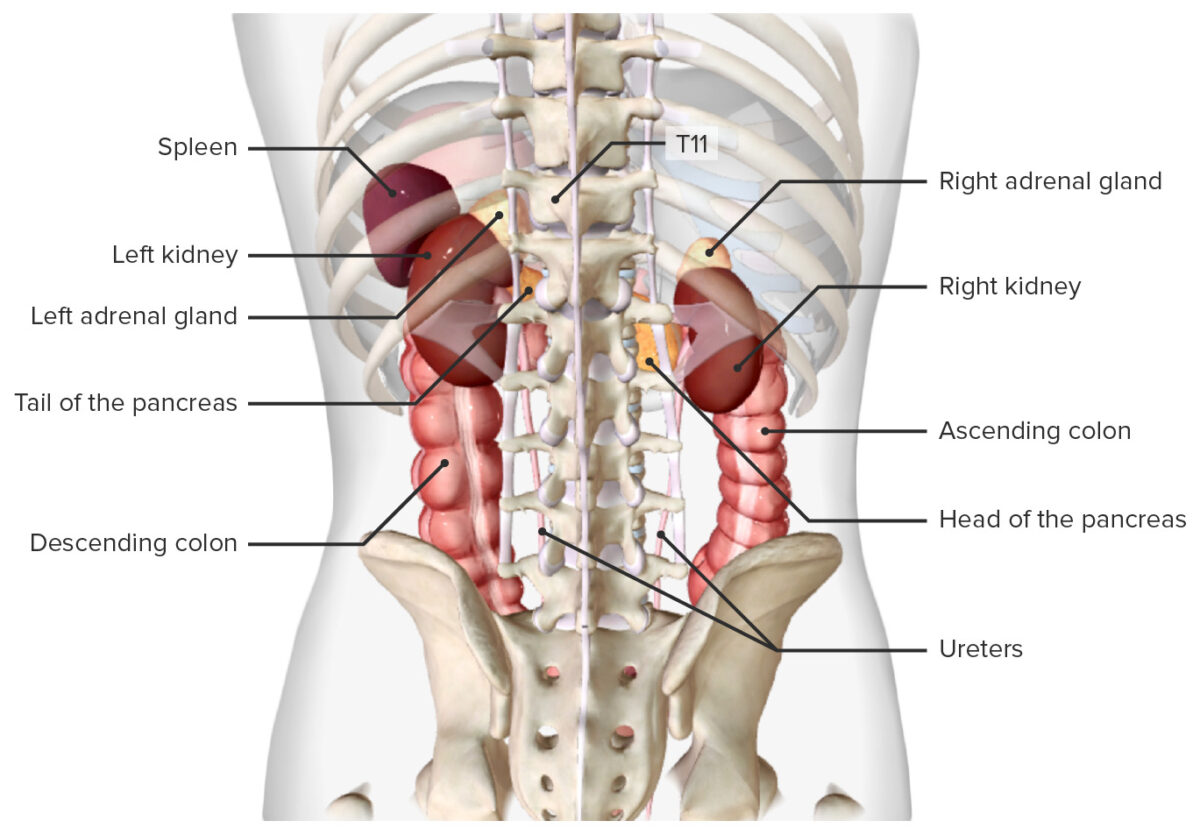
Embryology The kidney develops from embryonic mesoderm in 3 successive forms from the nephrogenic cords as they elongate in a cranial-to-caudal direction. Pronephros Mesonephros Metanephros The permanent kidney is formed from the metanephros. Position of the kidney and changes in vascularization Gross Anatomy Location Anatomical relations Table: Anatomic relations of the kidneys Direction (in relation […]
Targeted and Other Nontraditional Antineoplastic Therapy
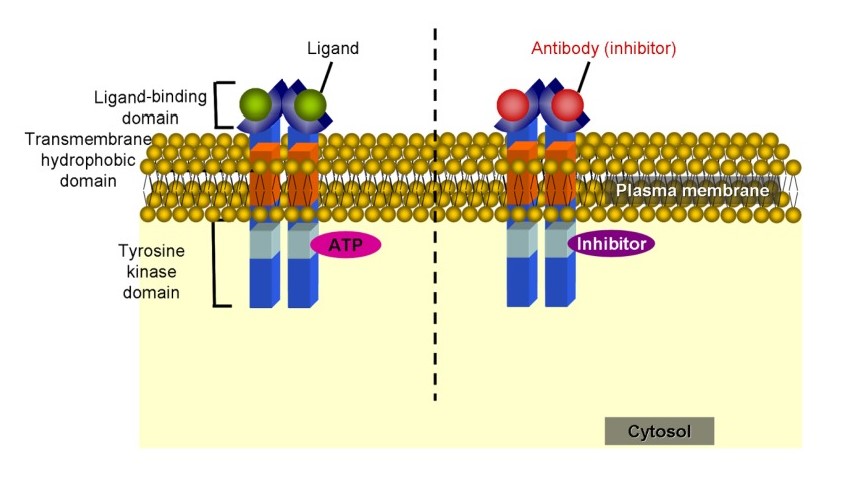
Overview Cancer therapy development Targeted cancer therapy Protein Kinase Inhibitors Protein kinases BCR-ABL kinase inhibitors Table: BCR-ABL kinase inhibitors Imatinib Dasatinib Nilotinib Pharmacodynamics Inhibit BCR-ABL tyrosine kinase (causing apoptosis of BCR-ABL positive cell lines) Inhibit c-KIT, PDGFR Imatinib: also inhibits stem-cell factor Pharmacokinetics Oral Hepatic metabolism Excretion: mostly in feces Indications CML Imatinib, dasatinib: ALL […]
Peripheral Nerve Injuries in the Upper Extremity
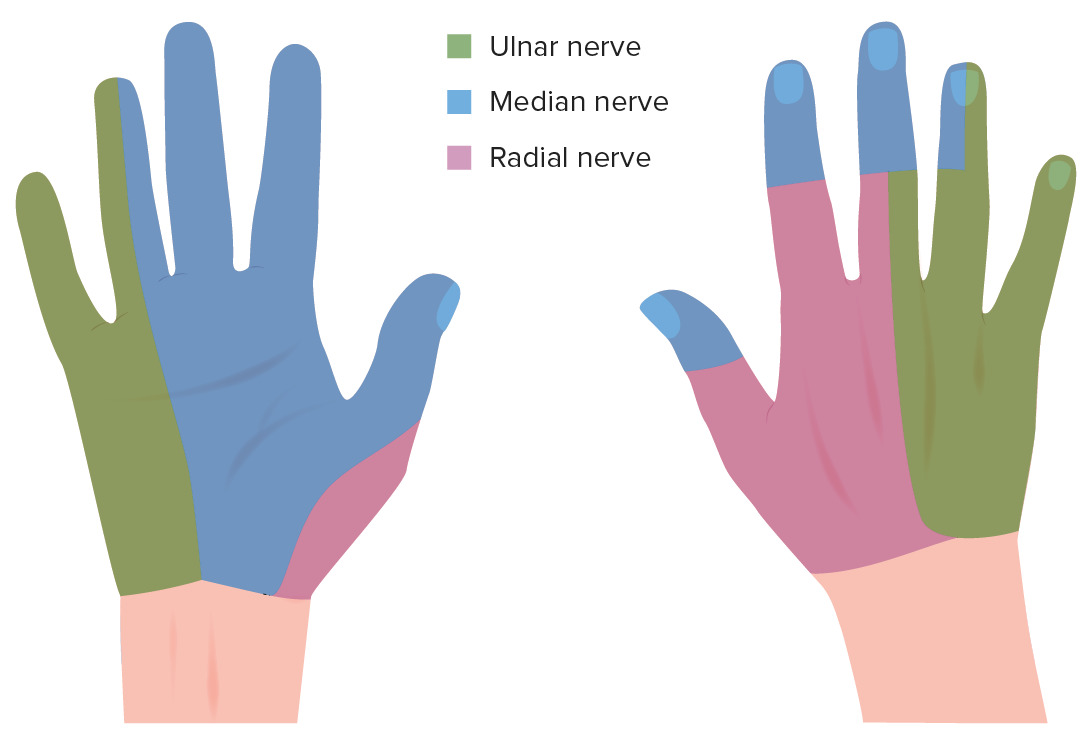
Overview Anatomy The brachial plexus is a network of nerves that originates in the posterior triangle of the neck and passes to the axilla. The brachial plexus is formed by the spinal nerve roots C5 to T1, which then divides and branches to provide all of the somatic innervation and some sympathetic innervation to the […]
Brown-Séquard Syndrome
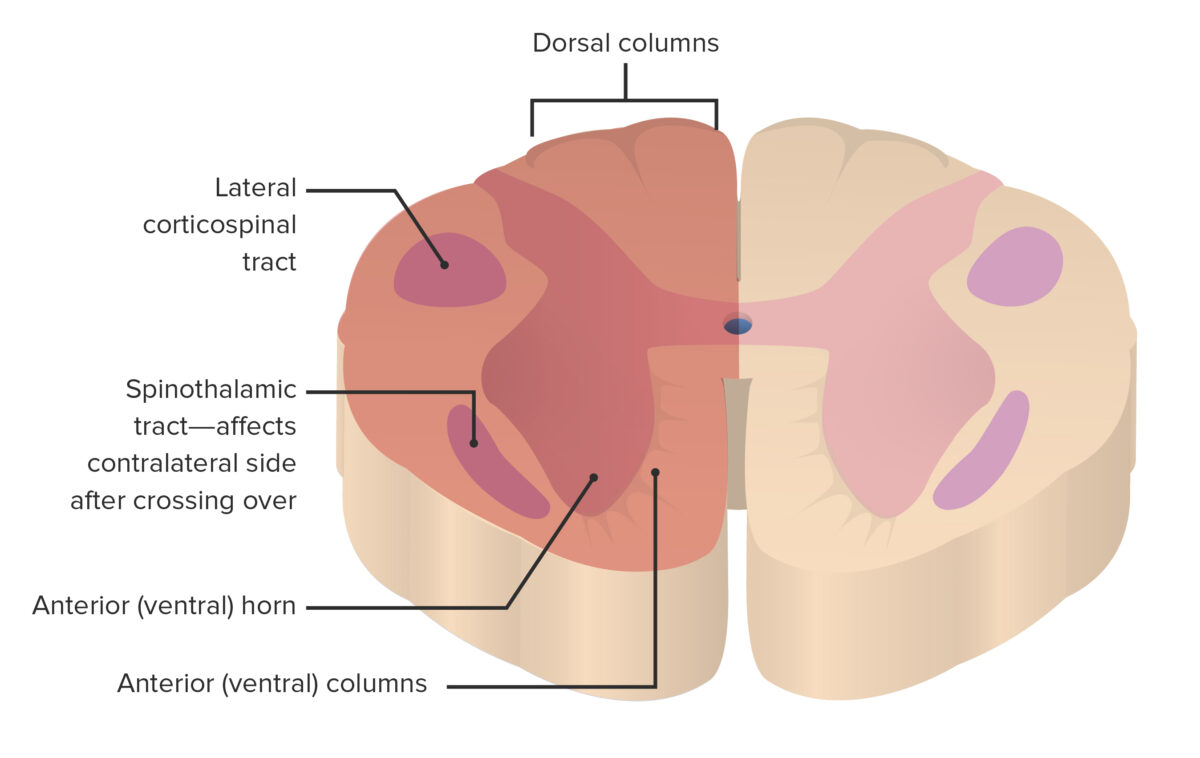
Overview Definition Brown-Séquard syndrome (BSS) is a rare neurologic injury that results from hemisection of the spinal cord, leading to weakness and paralysis of one side of the body and sensory loss on the opposite side. Epidemiology Anatomy Etiology The most frequent cause of BSS is penetrating injury. There are nontraumatic causes as well. Pathophysiology […]
Membranoproliferative Glomerulonephritis
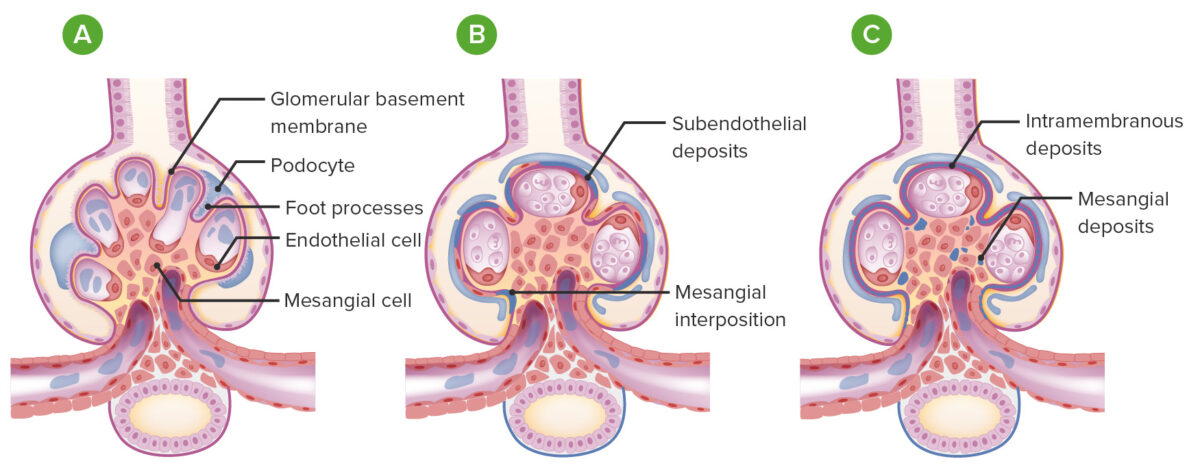
Overview Definition Membranoproliferative glomerulonephritis (MPGN) is a glomerular injury characterized by glomerular basement membrane (GBM) thickening (“membrano-”) and increased endocapillary and mesangial cellularity (“proliferative”). Epidemiology Pathophysiology and Etiology Glomerular injury Classification (electron microscopy) Traditionally, MPGN was classified based on electron microscopy findings (old classification): Classification (immunofluorescence microscopy) and etiology A different classification based on the […]
Diseases of the Vitreous Body
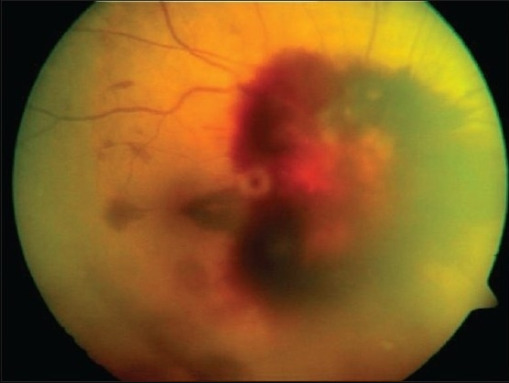
Overview The vitreous body is the substance present between the lens and the retina. Posterior Vitreous Detachment Definition Posterior vitreous detachment is the separation of the vitreous body from the internal limiting membrane of the retina. Epidemiology Etiology Clinical presentation Diagnosis Management Complications Vitreous Hemorrhage Definition Vitreous hemorrhage is extravasation of blood into the vitreous […]